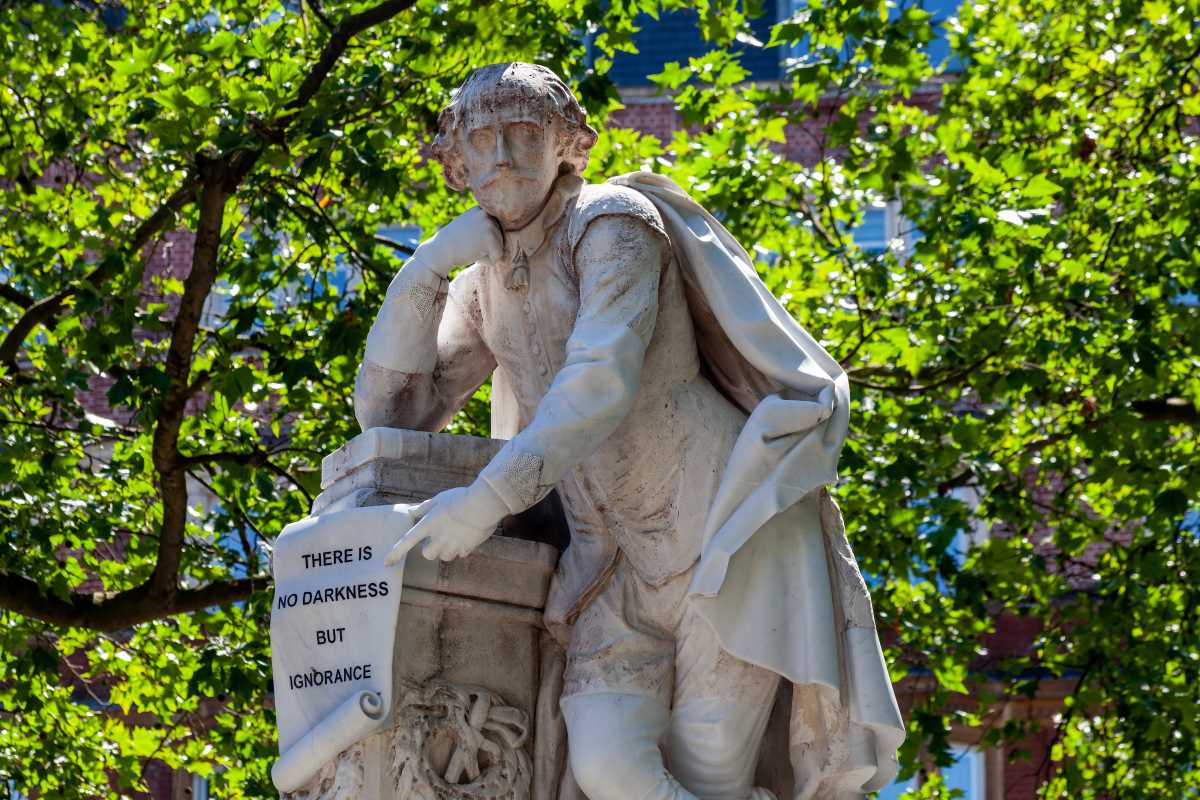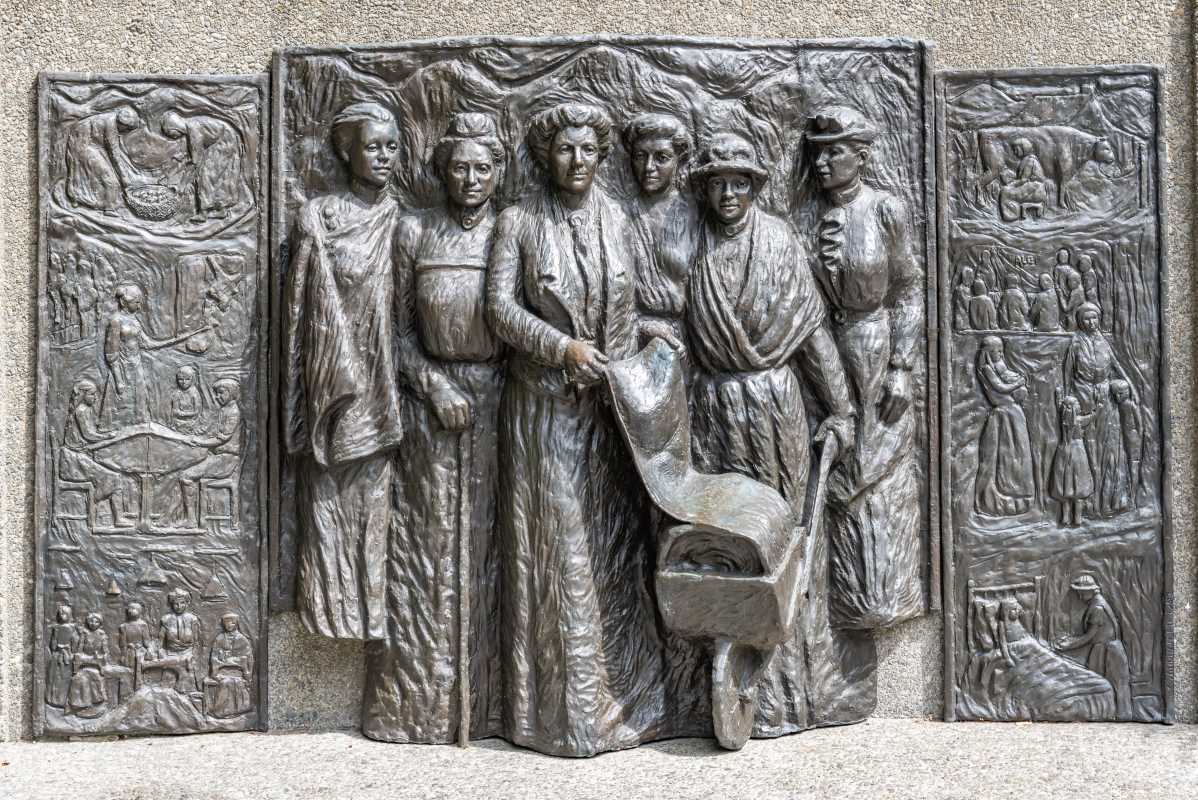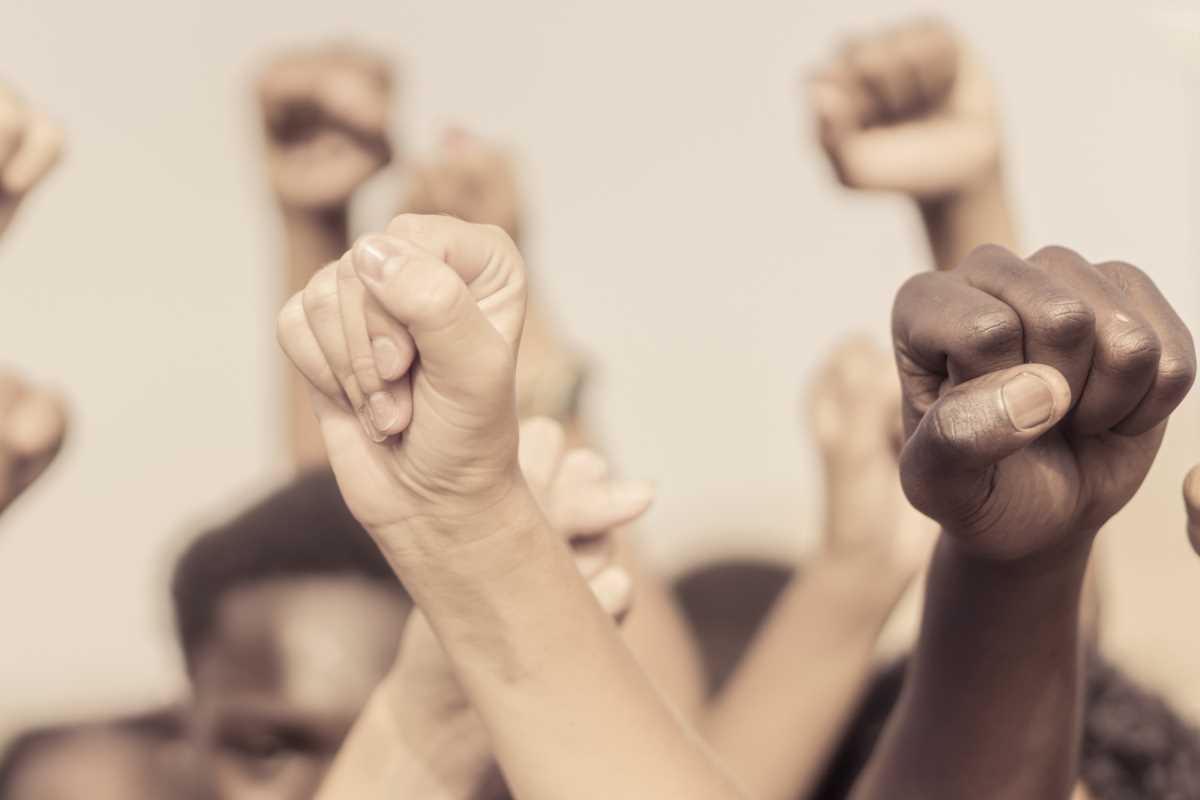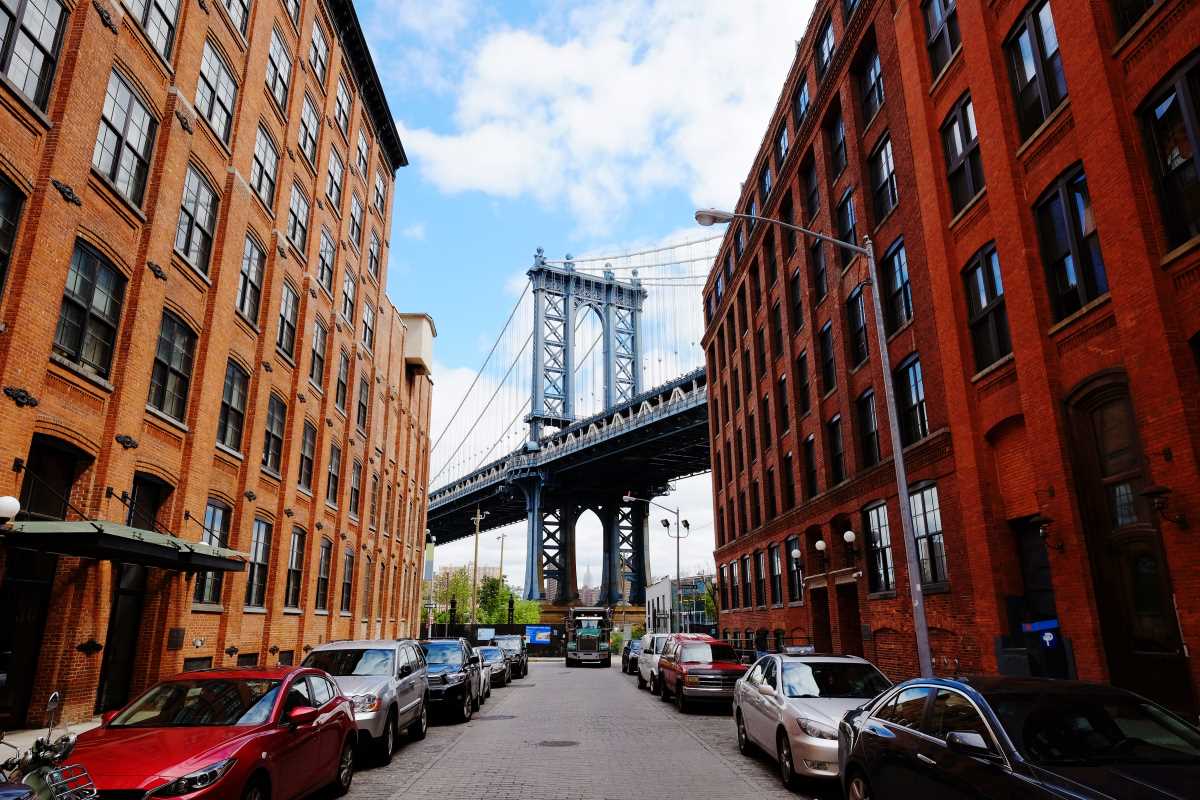The Vietnam War, which lasted from 1955 to 1975, was one of the most polarizing conflicts in American history. It wasn’t just the fighting overseas that made headlines but also the massive anti-war movement that erupted back home. Bold signs, crowded protests, and passionate calls for peace became a defining feature of the era. This war deeply shook the country, changing how Americans viewed government decisions, foreign involvement, and their ability to voice dissent.
Today, the echoes of that time are still felt. When you see protests against military actions or hear debates about whether the United States should engage in foreign wars, the roots of those arguments often trace back to the Vietnam era. The mistrust, the demand for transparency, and the call for diplomacy over violence are all shaped by what happened during those two decades. To understand today’s anti-war sentiments, we have to look closely at how the Vietnam War shaped hearts and minds then and continues to do so now.
A War Like No Other
The Vietnam War was unique in many ways. Unlike earlier wars, this wasn’t about defending U.S. soil or aiding close allies against a common enemy like in World War II. Instead, it was part of the Cold War, a long struggle between the United States and the Soviet Union over political ideologies. The U.S. wanted to stop communism from spreading in Southeast Asia, and Vietnam became the battleground.
For many Americans, the goals of this war weren’t as clear-cut as previous conflicts. Why were thousands of young American soldiers being sent to fight halfway across the world in a country many couldn’t point to on a map? The uncertainty and lack of consensus created a perfect storm for public opposition to grow.
The Role of the Media
One of the defining features of the Vietnam War was its portrayal in the media. For the first time, people could watch scenes from the battlefield on their TVs at home. The reports were often grim, showing wounded soldiers, destroyed villages, and the horrors faced by both American and Vietnamese people. This unfiltered look at war brought the reality of conflict straight into living rooms.
Many people reacted with shock and anger. Soldiers weren’t just seen as brave heroes; they were portrayed as victims of a senseless war. This created a deeper emotional connection to the conflict and fed the growing anti-war movement. It also led to a loss of trust in government officials who claimed the war was going well when the news footage told a different story.
Today, the role of media continues to play a part in anti-war sentiments. Social media and 24-hour news cycles provide immediate access to conflict zones, often stirring similar feelings of doubt and outrage.
The Birth of the Anti-War Movement
The Vietnam War sparked one of the largest and most organized anti-war movements in U.S. history. What began as small groups of peace activists soon grew into massive nationwide protests. College campuses became hubs of resistance, with students staging sit-ins and walkouts. Groups like Students for a Democratic Society (SDS) led demonstrations to demand an end to the war.
One of the turning points was the draft, which forced young men into military service unless they could find a legal way out. Many opposed the draft, arguing that it was unfair and targeted working-class and minority men more than wealthier, privileged ones. The chant “Hell no, we won’t go!” became a rallying cry for those refusing to serve.
This sense of empowerment, the idea that everyday people could demand change, has lingered. Today’s anti-war protests often mirror the tactics of the Vietnam era, from marches to online petitions, showing just how enduring this legacy is.
Government Distrust and the “Credibility Gap”
The Vietnam War also exposed deep cracks in the relationship between the government and the American people. Officials, from Presidents Lyndon B. Johnson to Richard Nixon, repeatedly assured the public that the U.S. was winning the war and that the mission was justified. But leaked information, like the Pentagon Papers in 1971, revealed that the government knew the situation was dire but continued to escalate the war anyway.
This “credibility gap” made people question whether they could trust their leaders. Why send more soldiers if there was little hope of victory? Why hide the truth? This skepticism didn’t disappear when the war ended. It became a defining aspect of how many Americans approach decisions about military involvement today.
Modern anti-war movements often draw on this mistrust, demanding more transparency from leaders and challenging military actions that seem unclear or unjustified.
The Cost of War
The Vietnam War took an enormous toll, both in human lives and resources. Over 58,000 American soldiers died, and countless more came home wounded, traumatized, or struggling to reintegrate into civilian life. On the Vietnamese side, millions of civilians and soldiers were killed, and entire regions of the country were devastated.
Beyond the physical cost, there was a psychological and cultural impact. Families were divided over whether the war was right. Returning soldiers faced hostility from people who blamed them for the conflict’s brutality. The term “Vietnam Syndrome” emerged to describe the country’s overall reluctance to engage in future foreign conflicts.
This caution is still present. When discussions arise about military intervention in places like Iraq, Afghanistan, or Ukraine, you often hear echoes of Vietnam. People ask whether the cost will be too high, whether there’s a clear end goal, and whether diplomacy could be a better option.
Modern Connections
The lessons of Vietnam continue to shape anti-war sentiments today. Consider the protests against the Iraq War in the early 2000s. Many of the arguments mirrored those made during Vietnam. Critics questioned whether the government was rushing into conflict without solid evidence (like the controversial claims about weapons of mass destruction), and they feared a long, drawn-out conflict with no clear exit strategy.
Today’s anti-war advocates also benefit from tools that didn’t exist during Vietnam. Social media allows people to organize protests, spread information, and share stories at lightning speed. While the platforms may be different, the spirit of resistance remains the same.
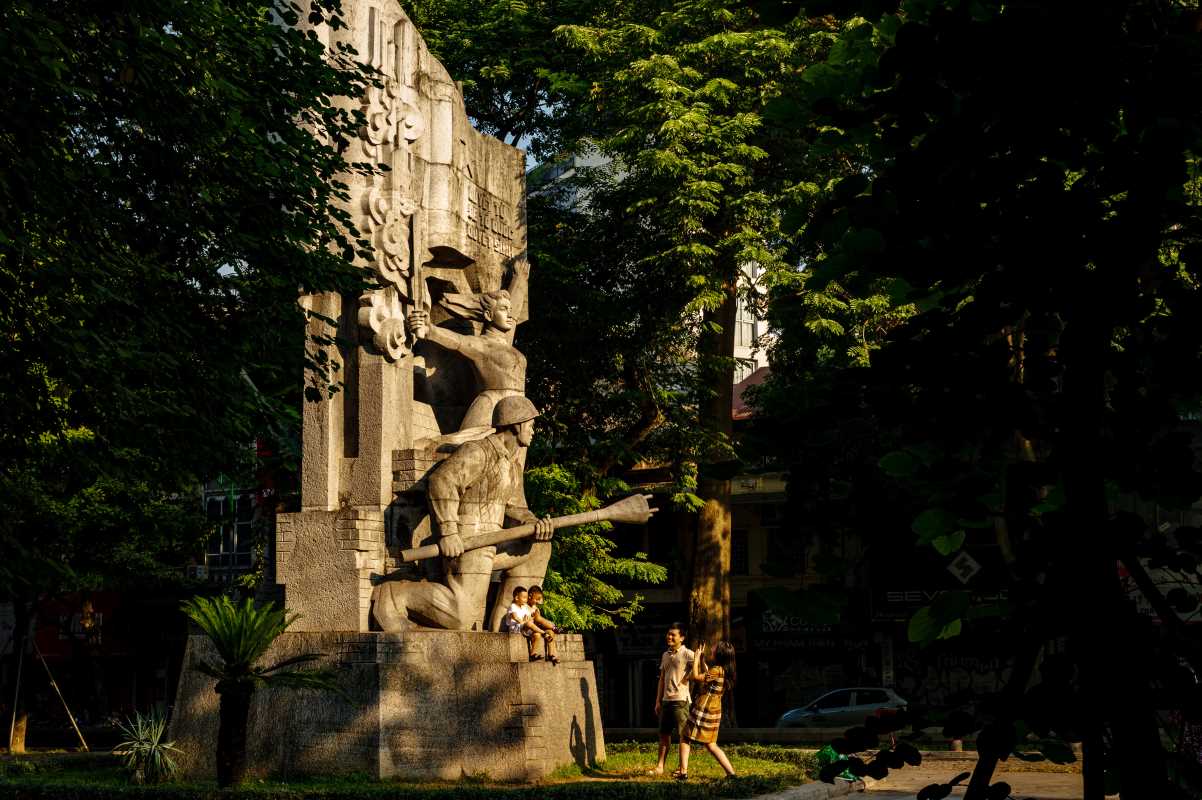 (Image via
(Image via


